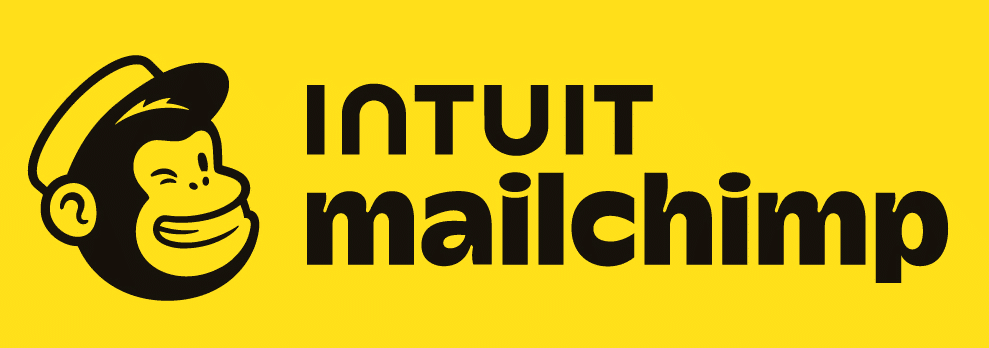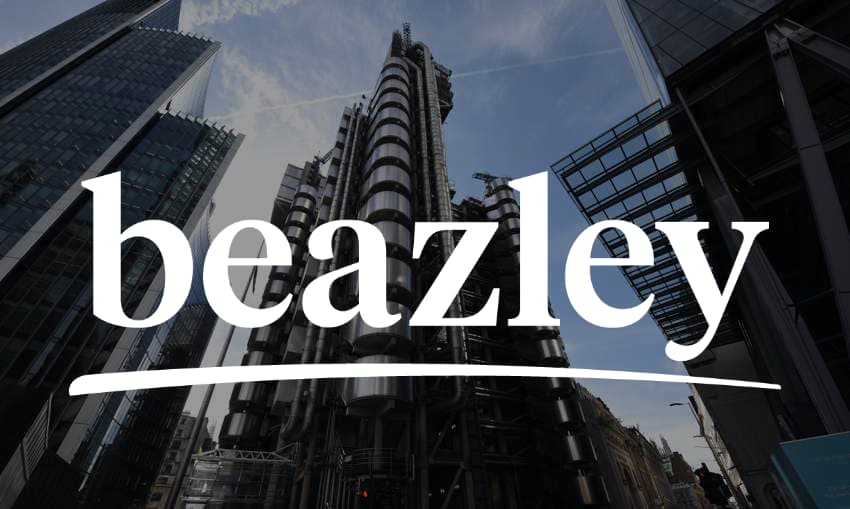As the undisputed leader in global indexing, MSCI (MSCI) offers investors a way to slice and dice the global stock universe into buckets. For example, the MSCI ACWI Small Cap Index tracks 6,260 stocks – with an average size of $1.3 billion – across 47 countries. Below you can see how these small-caps stocks outperformed the parent index – MSCI ACWI – which includes stocks of all sizes.

Small-cap stocks outperformed over the last 23 years, but they’re also more volatile because of their size – less volume will move prices more dramatically – and consequently riskier. Retail investors love this volatility when it’s moving in the right direction, just not so much when stocks are falling. Look no further than yesterday’s drop of nearly 30% for BICO Group (BICO.ST) on the back of their 2022 results. (All numbers presented below are in USD unless stated otherwise.)
Catching Up With BICO
Last year’s piece on Checking in With BICO Group Stock looked at BICO’s rapid acquisitions which we identified as a risk stating, “Acquiring companies this aggressively comes with some risks around not being able to sufficiently vet them, or not being able to integrate operations.” Below you can see eight firms BICO acquired during 2021.
| Company Name | Country | Description | Amount (USD millions) |
| QINSTRUMENTS | Germany | Leader in advanced sample preparation for life sciences research | 67 |
| Biosera | USA | Leading provider of software for automated workflows | 160 |
| Ginolis | Finland | Automated production of diagnostic tests using advanced robots. | 69 |
| Visikol | USA | Offers services in 3D cell culture, 3D tissue imaging, multiplex imaging & digital pathology | 15 |
| MatTek | USA | In vitro-based innovative human tissue models, cell isolation and cell culture. |
65 |
| Nanoscribe | Germany | Develops high-precision 3D printers based on 2PP technology |
58 |
| Discover Echo | USA | Patented and rotating hybrid microscopes | 102 |
| Advanced BioMatrix | USA | 3D research applications such as bioinks within collagen, extracellular matrix proteins, etc. |
16 |
One of these acquisitions was a Finnish company named Ginolis which BICO purchased for $69 million, of which $59 million was goodwill (an accounting bucket used for overpaying during an acquisition, generally speaking). That entire goodwill amount was written off last quarter as BICO admitted the company had totally flopped following their pandemic windfall, partly because of pricing pressures from Asia in lateral flow automation. For an acquisition that was announced less than two years ago, things sure went south quickly. This was the positive messaging given to investors about the Ginolis acquisition in March 2021:
- Ginolis’ advanced robotics and diagnostics automation for medical device and diagnostic industries can be fully integrated with [BICO’s] current offering and our present and future customers workflows and needs.
And less than two years later, they’re singing an entirely different tune:
- …new competition from Asia is undercutting us in lateral flow automation, which has become a commodity since the global pandemic brought heightened demands during the last two years.
- Ginolis has not been able to transition fast enough to new customer segments and has faced challenges in order intake and internal efficiency.
- …evaluating our strategic options related to the remaining core technologies in Ginolis.
The year-end results pointed out how much better things might have been were it not for Ginolis seeing revenues decline 85% year-over-year.
One concern is that BICO may have flubbed more of their acquisitions besides Ginolis, though it’s likely the new CFO made sure that all dirty laundry was aired at one time, so no more surprises await investors who are tired of seeing drama every time they turn around. With $505 million in goodwill remaining on their books, it remains to be seen if more write-offs will be announced. If you recall, those eight companies were acquired for a total consideration of $553 million of which $374 million was from issuing shares. On the bright side, shares were priced at a dramatic premium during most of 2021, which means BICO Group picked a good time to be making rapid acquisitions.
BICO’s Year-End Results
Revenues grew 78% in 2022 compared to the year prior thanks in part to all the acquisitions. Year-over-year organic revenue growth came in at a respectable 17% with overall gross margins approaching 74%. Now that BICO breaks down their revenues by business line, and across geographies, plenty of rich information can be found in the annual report such as this table which shows consumable sales by segment.

Inconsistent growth across the three segments can be observed, something that’s directly attributed to the Ginolis flop.
| Bioprinting | Bioautomation | Biosciences | |
| YoY Organic Growth | 31% | -1.0% | 29% |
| % of Total Revenues | 29% | 29% | 42% |
Another notable announcement from BICO was their strategic alliance with Sartorius, a $30 billion international pharmaceutical and laboratory equipment supplier, that also made a $47 million investment in BICO making them the second-largest shareholder with a 10% ownership. The deal, expected to be formalized in the coming months, will see Sartorius become a distributor of BICO products in the Asia-Pacific (APAC) region (just 14% of BICO’s total revenues currently come from APAC, so plenty of room to grow).
BICO was looking to only acquire profitable firms which means we’d expect their recent strategic fundraising effort to have provided sufficient capital to navigate the profitability setbacks they’re seeing with Ginolis. One appeal of BICO Group is their portfolio of businesses which provides internal diversification that should help smooth out the effects of macroeconomic headwinds.
Thoughts on BICO
Being underwater on a stock you’re holding is never enjoyable, despite how much we preach about not paying attention to paper losses. BICO’s market cap of $440 million following yesterday’s share price means their simple valuation ratio sits at around 1.7 compared to our tech stock catalog average of six. Seems like a bargain for sustainable revenue growth in various disruptive technologies such as 3D bioprinting and laboratory automation. Below you can see the quarterly revenue growth progression over 2022 despite the Ginolis setbacks (typically Q4 is stronger while Q1 is weaker).

In summer of last year, a co-founder of BICO Group and their CFO at the time was shown the door in what appeared to be a great deal of drama. The second slide of the year-end results showed a portrait of the CEO alongside the new CFO – Jacob Thordenberg – who comes to the table with extensive M&A experience. Perhaps the old CEO didn’t do the best job in facilitating the rapid spate of acquisitions in 2021, so the response was to bring in someone with extensive experience in that area. Mr. Thordenberg joined BICO in late 2021, perhaps to help with onboarding all the newly acquired companies, and was promoted to CFO at the beginning of this year.
We’ve already maxed out the allocated capital for our BICO position, and the company is now below our $1 billion market cap cutoff. But for investors with a strong tolerance for risk, this might be an opportunity to purchase some heavily discounted disruptive growth at a discount. The company seems to be under control following the founder exit drama, and (one hopes) there are no more Ginolis-like skeletons in the closet to be unearthed going forward. Just remember that small companies are extremely risky, so be prepared for continued share price volatility. (Editor’s note: Shares of BICO are up +15% just before publishing.)
It’s awful tempting sometimes to reduce paper losses by committing more capital. Just remember that the smaller the stock, the more risk there is of things going pear-shaped. Not only are smaller stocks more volatile, they also have a tougher time raising capital. BICO’s strategic partnership with Sartorius shows they’re capable of raising capital in a creative manner. Let’s just hope that translates into the “double-digit organic growth in constant currency” we’ve been promised going forward without needing to raise more money, or incur more embarrassing goodwill impairment charges.
Conclusion
In last year’s piece titled The Smaller the Stock, the Bigger the Risk, we talked about curtailing our exposure to small-cap stocks to reduce risk in our tech stock portfolio. Risk is often described as the volatility of returns, something that goes both ways. Nobody batted an eyelash when shares of BICO soared to over 550 SEK in mid-2021, but everyone was perplexed and panicking when they plummeted to less than 40 SEK a year later. That’s small-cap volatility for you. If you’re holding shares of BICO, or thinking about it, just be prepared for plenty more volatility going forward.
Tech investing is extremely risky. Minimize your risk with our stock research, investment tools, and portfolios, and find out which tech stocks you should avoid. Become a Nanalyze Premium member and find out today!










































